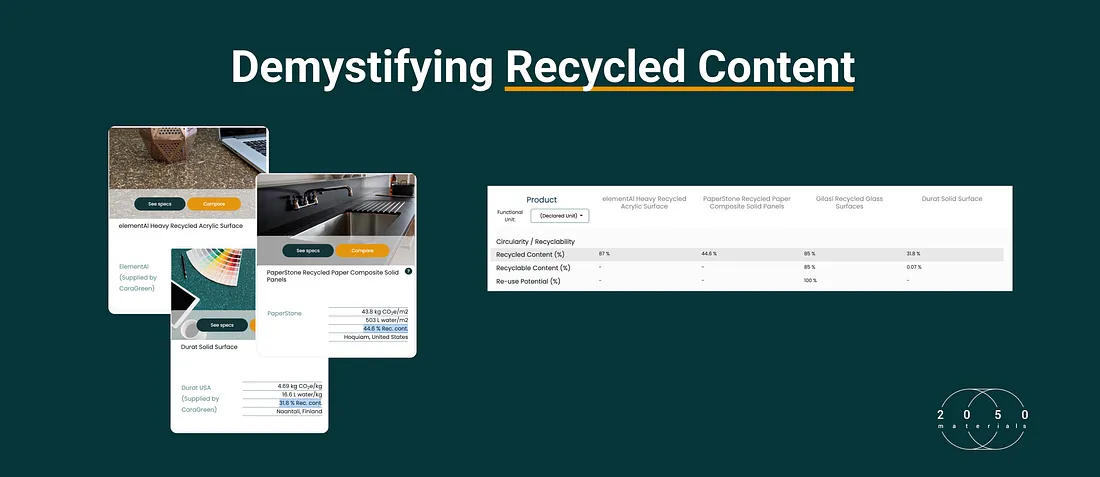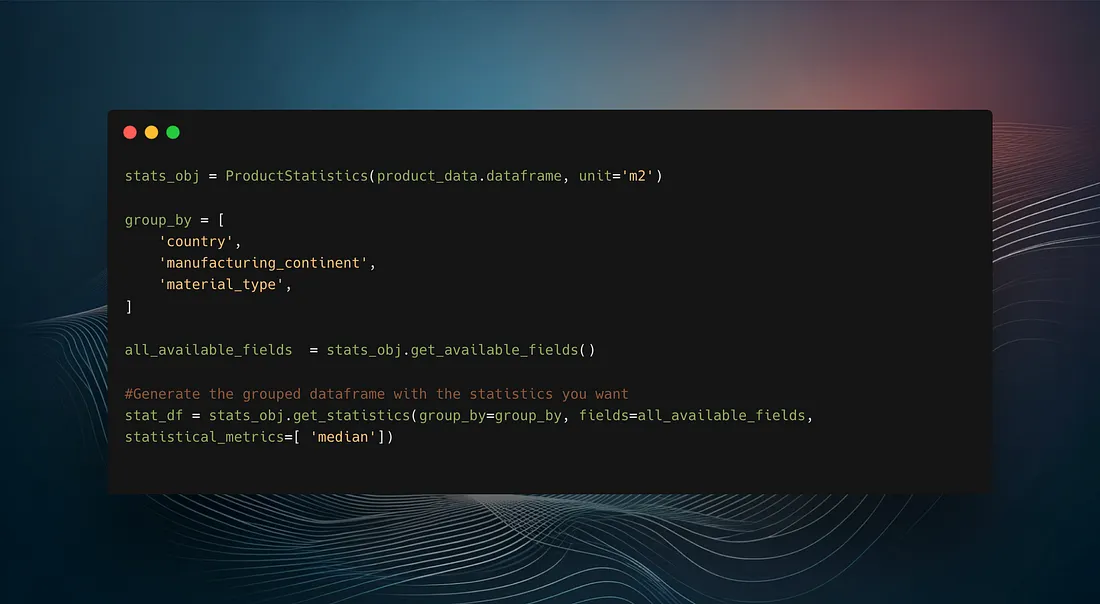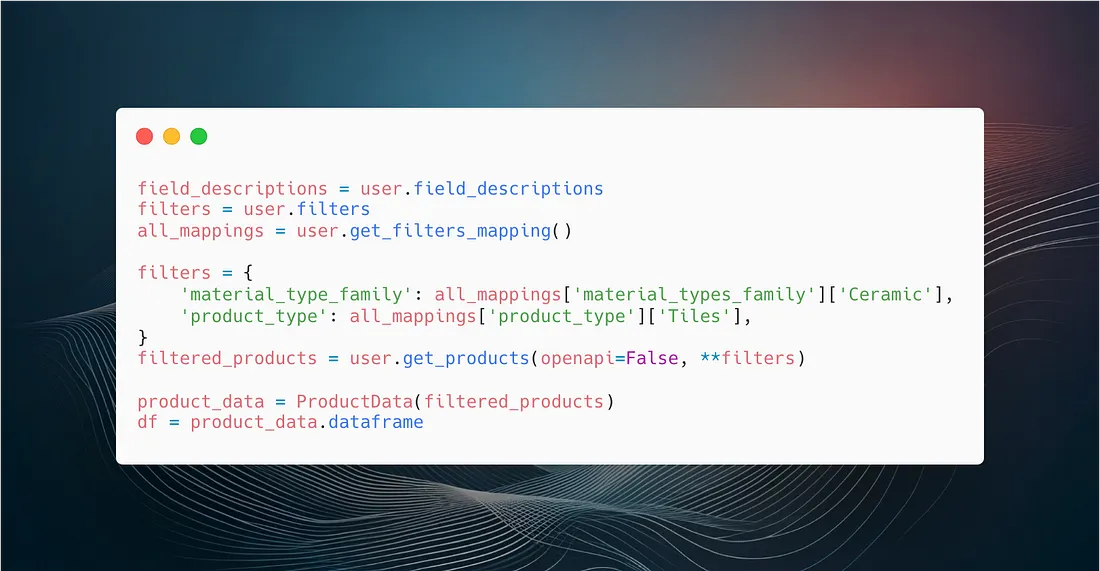The Ultimate Guide to Leveraging Recycled Content Metrics for Building Material Circularity

Introduction
In the ever-evolving landscape of sustainable construction, the emphasis on circularity and resource efficiency has never been more critical. As the industry strides towards greener practices, understanding and utilizing “recycled content” metrics emerges as a cornerstone strategy.
This guide delves into the essence of recycled content, its calculation, and its pivotal role in promoting circularity within building materials, offering invaluable insights for architects, builders, and sustainability advocates aiming to make a tangible difference in 2024.
What is Recycled Content?
Understanding the Basics
Recycled content represents the fraction of materials in a product derived from recycled sources, as opposed to newly extracted resources. These materials, sourced from both pre-consumer and post-consumer waste, stand at the forefront of reducing the construction industry’s environmental footprint.
Pre-Consumer vs. Post-Consumer Waste
- Pre-Consumer Waste: Generated during manufacturing processes, this category includes scraps and trimmings repurposed in production, never reaching the consumer.
- Post-Consumer Waste: This entails materials or finished products that have served their purpose, been discarded, and subsequently recycled into new products.
Official Standards and Definitions
ISO 14021
The International Organization for Standardization (ISO) provides a specific definition of recycled content under ISO 14021, “Environmental labels and declarations — Self-declared environmental claims (Type II environmental labelling).” According to ISO 14021:
- Recycled content: The proportion, by mass, of recycled material in a product or packaging. Only pre-consumer and post-consumer materials are considered as recycled content, as per the standard’s definitions of pre-consumer and post-consumer waste.
The standard does not provide a formula per se but outlines the method for calculating the proportion of recycled content by mass.
Calculating Recycled Content from EPD Data
Calculating recycled content from Environmental Product Declarations (EPD) data offers a precise and standardized method to assess the sustainability attributes of materials and products.
This approach hinges considering the amount of secondary materials within the life cycle stages A1-A3 (cradle-to-gate), versus the total mass of the product.
By extracting the quantity of secondary (recycled) materials used during these stages and comparing it to the total weight of the declared unit, one can derive the percentage of recycled content.
 Recycled Content (%) = (Secondary Material, A1–A3) / (Weight of Declared Unit) × 100
Recycled Content (%) = (Secondary Material, A1–A3) / (Weight of Declared Unit) × 100
This calculation provides a clear, objective measure of the product’s use of recycled materials. Such quantification is invaluable for sustainability assessments, offering a concrete basis for comparing products, informing sustainable design choices, and communicating environmental credentials to consumers and stakeholders.
However, it’s important to note that this method’s accuracy depends on the quality of the data reported in each EPD, and based on our experience does have pitfalls sometimes (with recycled-content shown as >100%).


See how you can use the 2050 Materials platform to compare and specify products with high-recycled content
Labels and Organisations Performing Recycled Content Calculations
Several labels and organisations assess and certify the recycled content of products:
- Global Recycled Standard (GRS): Focuses on verifying the recycled content of products as well as social and environmental practices in their production.
- Recycled Content Certification (RCC): Provides certification for products with verified recycled content, ensuring compliance with specific standards or criteria.
- Declare labels: A transparency platform and product database that labels products with their material ingredients, sourcing, and manufacturing locations. While not exclusively focused on recycled content, Declare labels may include information about the recycled content of products as part of their comprehensive material disclosures.
Calculating Recycled Content — A summary
The calculation of recycled content can vary based on the standard or certification in question, but it generally involves determining the mass of recycled materials in a product and expressing it as a percentage of the total mass of all materials in the product.

Compare Recycled Content of building products
For professionals in the field of sustainable construction, accessing accurate data on the recycled content of building materials is crucial. 2050 Materials provides a comprehensive database that enables users to scientifically compare the recycled content across a wide range of products. Our platform integrates automated data collection with advanced LCA calculations, facilitating precise, real-time analysis of embodied environmental impacts.

Try it out at app.2050-materials.com
Our tools are designed to support architects, builders, and sustainability specialists in making data-driven decisions that align with environmental objectives.
By utilizing 2050 Materials, you contribute to a more sustainable construction industry through informed material selection based on solid scientific data. Explore our platform and API today to enhance the sustainability profile of your projects.
Related articles

In order to measure biodiversity value and foster a future that is nature positive, Ramboll launches Metric
The Americas Biodiversity Metric 1.0 is a free biodiversity quantification tool that assists businesses and organizations in achieving their sustainability objectives, which include no net loss of biodiversity, net gain of biodiversity, and transitioning to a more nature-positive state.
Read more
AECData Python Library Step 3— Visualizations & Statistical Analysis
Using the open-source Python package aecdata to do statistical analysis and plot graphs.
Read more
AECData Python Library Step 2— Get filters and retrieve product data
Get your first data table with AECData.
Read more